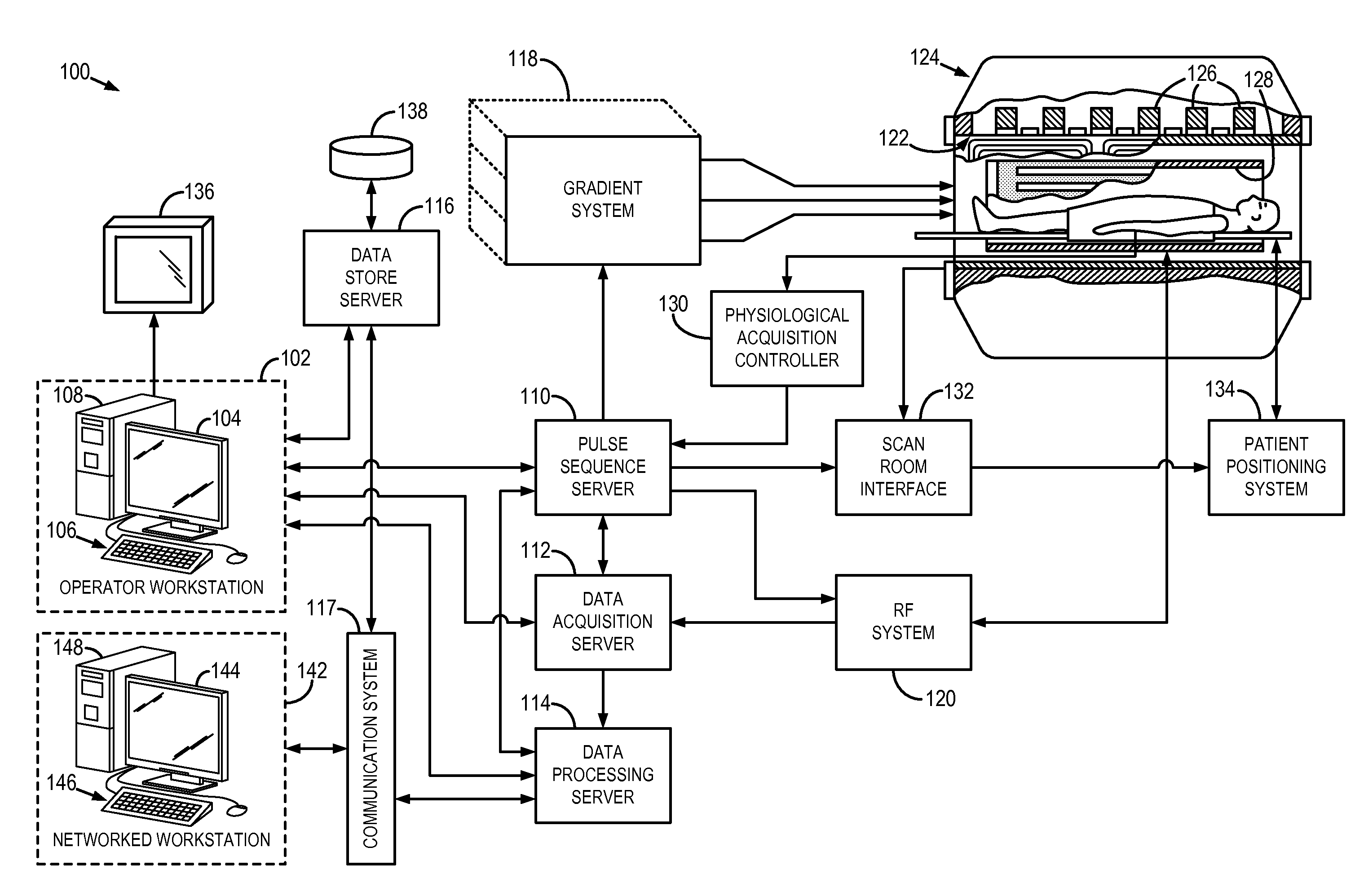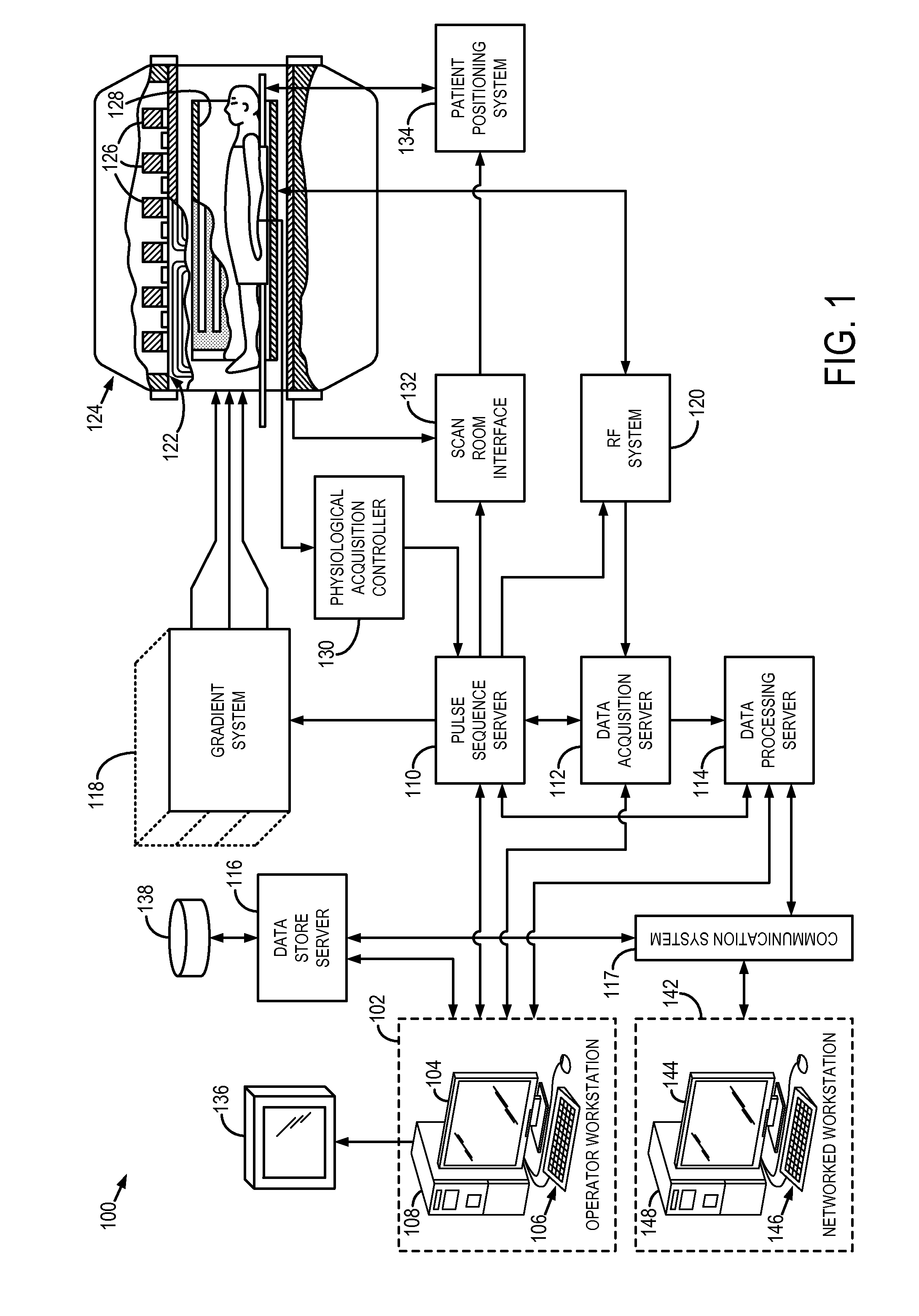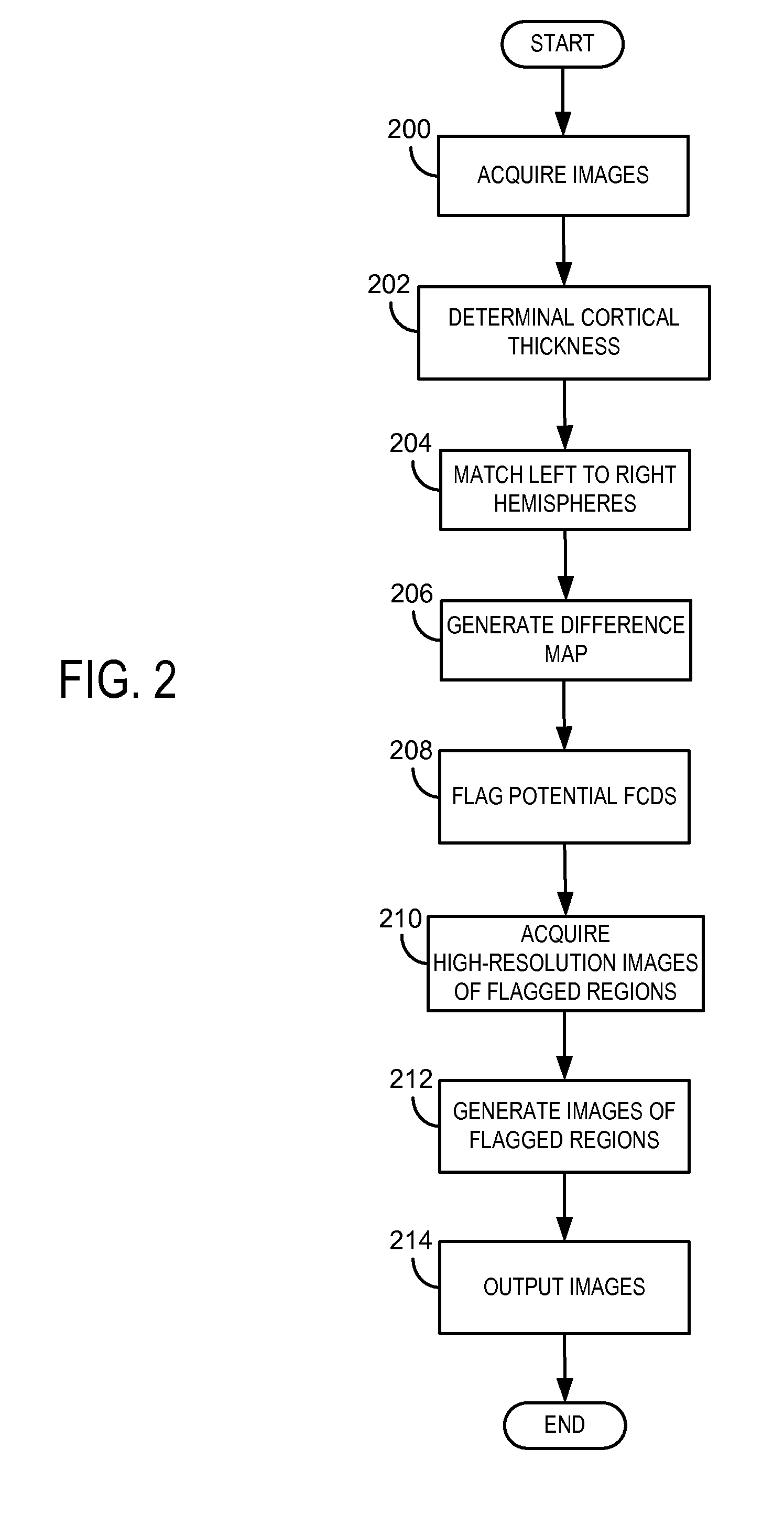System and method for diagnosis of focal cortical dysplasia
a cortical dysplasia and automatic detection technology, applied in the field of medical imaging, can solve the problems of affecting the quality of life of patients, and causing a large amount of data, so as to achieve accurate registrization of the cerebral hemisphere, automatic detection and localization of focal cortical dysplasia, and the effect of limiting the amount of data
- Summary
- Abstract
- Description
- Claims
- Application Information
AI Technical Summary
Benefits of technology
Problems solved by technology
Method used
Image
Examples
example
[0065]The above processing methods and techniques were applied in a study examining the feasibility of aspects of the present invention. The study included six patients with post-operative diagnosis of FCDs, but a “negative” diagnosis from conventional MRI procedures and examination. In the study, MRI images were analyzed in accordance with methods of the present invention described above, and all six FTDs previously missed on clinical reads were detected, with an average of more than 15 years of potentially treatable seizures. The results of the study therefore indicated that the methods of the present invention can help identify possible FTDs in cases in which the dysplasias would otherwise have gone undetected, resulting in decades of potentially treatable seizures. The following paragraphs further describe materials, methods, and results of the study.
[0066]The six subjects used in the study were identified as having surgery for FCDs that carried a post-operative diagnosis of FTD...
PUM
 Login to View More
Login to View More Abstract
Description
Claims
Application Information
 Login to View More
Login to View More - R&D
- Intellectual Property
- Life Sciences
- Materials
- Tech Scout
- Unparalleled Data Quality
- Higher Quality Content
- 60% Fewer Hallucinations
Browse by: Latest US Patents, China's latest patents, Technical Efficacy Thesaurus, Application Domain, Technology Topic, Popular Technical Reports.
© 2025 PatSnap. All rights reserved.Legal|Privacy policy|Modern Slavery Act Transparency Statement|Sitemap|About US| Contact US: help@patsnap.com



